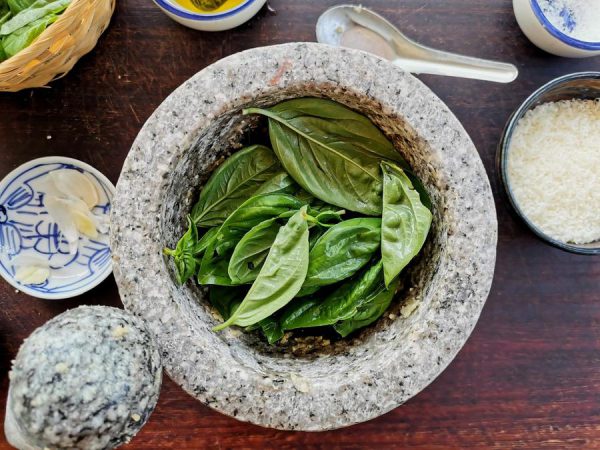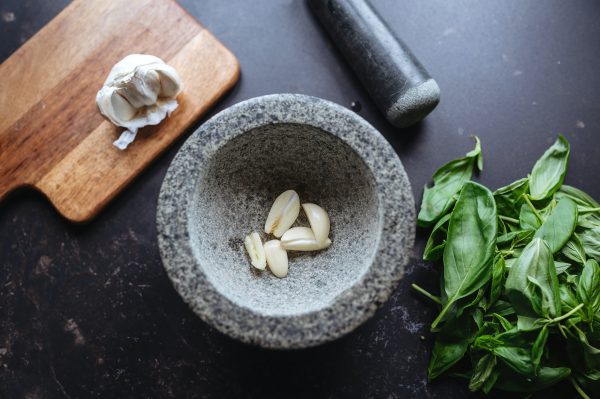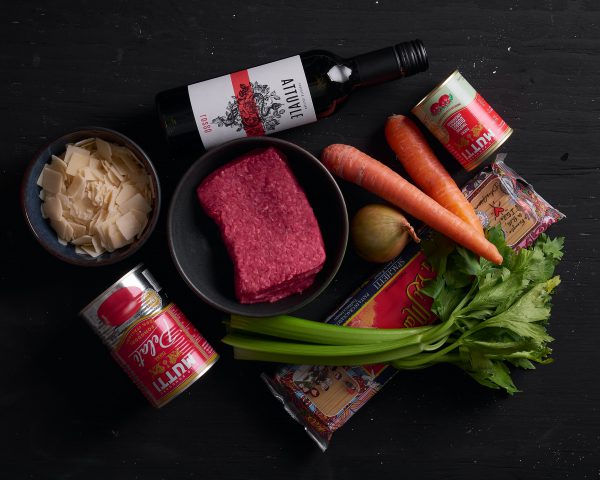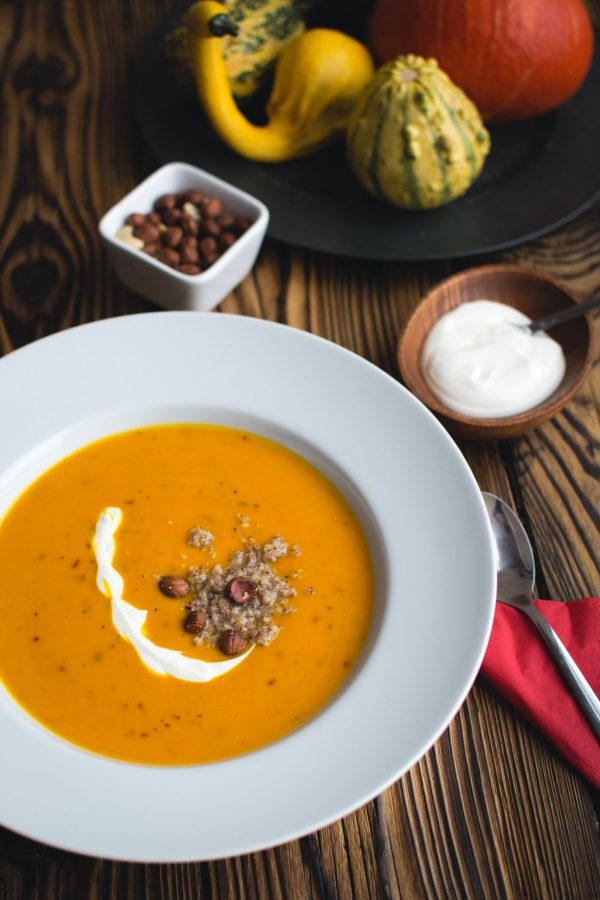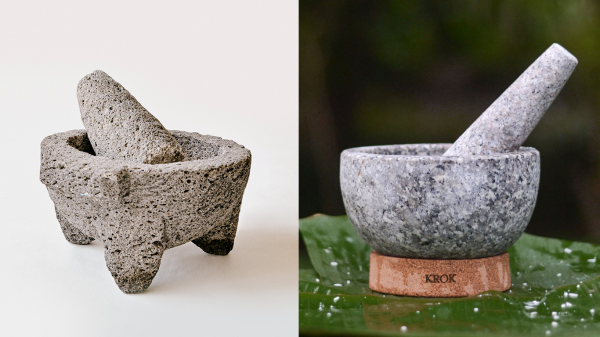Last Updated on February 22, 2023
These days we don’t think much about spices as they are produced and distributed on quite large scales. But imagine they weren’t so easy to reach. How much would you be willing to pay for a bit of black pepper?
In the middle ages, black pepper was known as black gold. It was so valuable that people even used it as currency, and at times its value even surpassed gold.
Thankfully we don’t have to pay an arm and a leg to add spices to our food anymore — except maybe if you want to use spices like saffron, vanilla beans, or long peppers, which still cost a fortune. These days, regular spices like pepper, oregano, thyme, rosemary, etc., are reasonably priced. But if you think about it, the aroma and flavor they add to our food are still invaluable, so why not treat them as such? Let’s talk about how to make the best of the spices in the kitchen!
Whole vs. Pre Ground Spices

When shopping for spices, you have two options: get them pre-ground or whole. Even though pre-ground spices are easier to reach, there’s something spices preserve much better when they are kept whole: aromatic oils.
Here’s a simple experiment for you. Open your cupboards and smell the ground spices and dried aromatic herbs sitting in the jars. You can probably tell what is what only from their smell. Then, smell some freshly ground spices and dried herbs. Amazing, right? A shockwave of robust and piquant scents hits your nose.
We owe the potency of spices to the aromatic oils in them. These molecules are often highly volatile, meaning they react when they come in contact with air, heat, and even light — the same reason aromatic cooking oils lose their potency in time.
In short, the ground cumin sitting in your spice rack for over a month can still add warm, earthy notes to your dishes, but some of its aroma and flavors will be lost. For that reason, we suggest you try to have whole spices at hand whenever possible.
How To Use Whole Spices
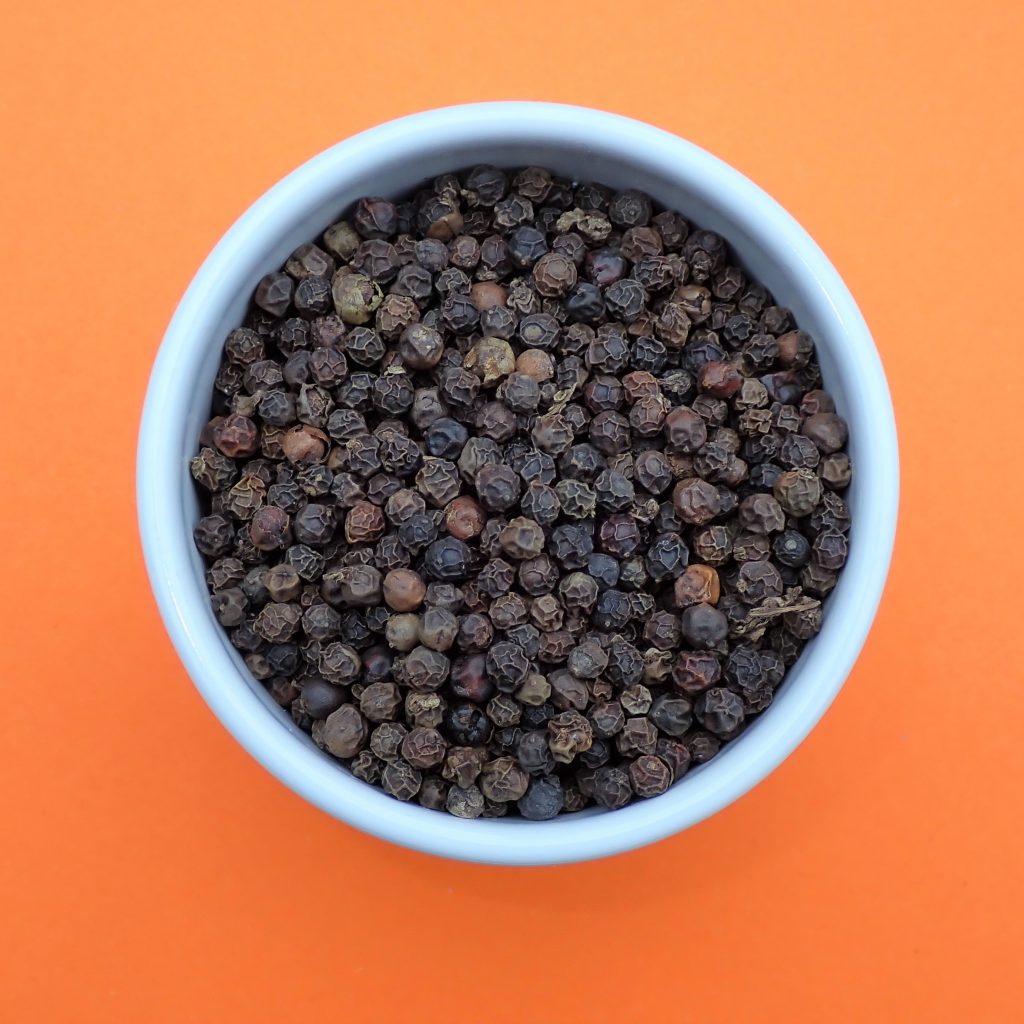
Unground spices don’t have to be newly bought. Even a relatively old nutmeg will surprise you with its potency. This is exactly what you want in your dishes, not a faint, barely-there fragrance.
In most cases, you’ll need to grind them, and from time to time, you can use them as a whole to aromatize your cooking oil. This is known as tempering in Indian cooking.
So we — as well as Indian cooks and celebrity chefs — can all agree that the trick is to get whole, fresh spices and grind them whenever you need them. How? There are many ways of grinding spices, including spice grinders and mortar and pestle sets.
Grinding Spices
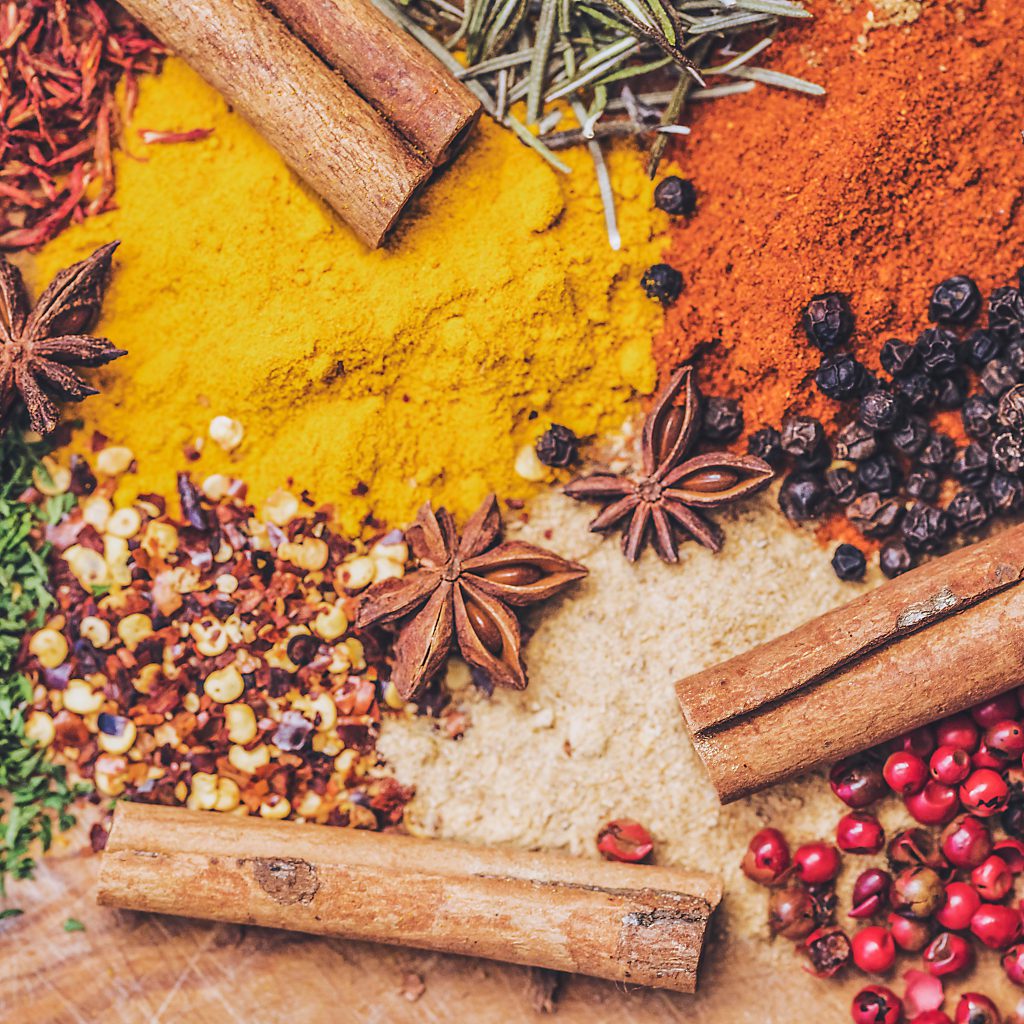
Okay, so you got your whole, fresh spices, some cumin seeds, fennel seeds, star anise, nutmegs, coriander seeds, and maybe cinnamon sticks. The first thing you’ll notice is that they come in all sorts of shapes and textures and differ in hardness. So, the best way to grind them will depend on the seed in question.
No single device can efficiently handle every task when it comes to grinding spices. For instance, some spices, like cinnamon, can be challenging to grind effectively without leaving fibrous pieces — and it’s far from pleasant when they detract from the texture of the dish. You could use a microplane to make cinnamon powder, but that wouldn’t be very effective for, let’s say, cumin seeds.
It’s best to use a combination of tools, along with a variety of whole spices, to create a wide range of flavorful dishes. Except for one tool: the mortar and pestle, which we’ll discuss in detail below. But before that, let’s see your other options for grinding spices.
Electric Spice Grinder
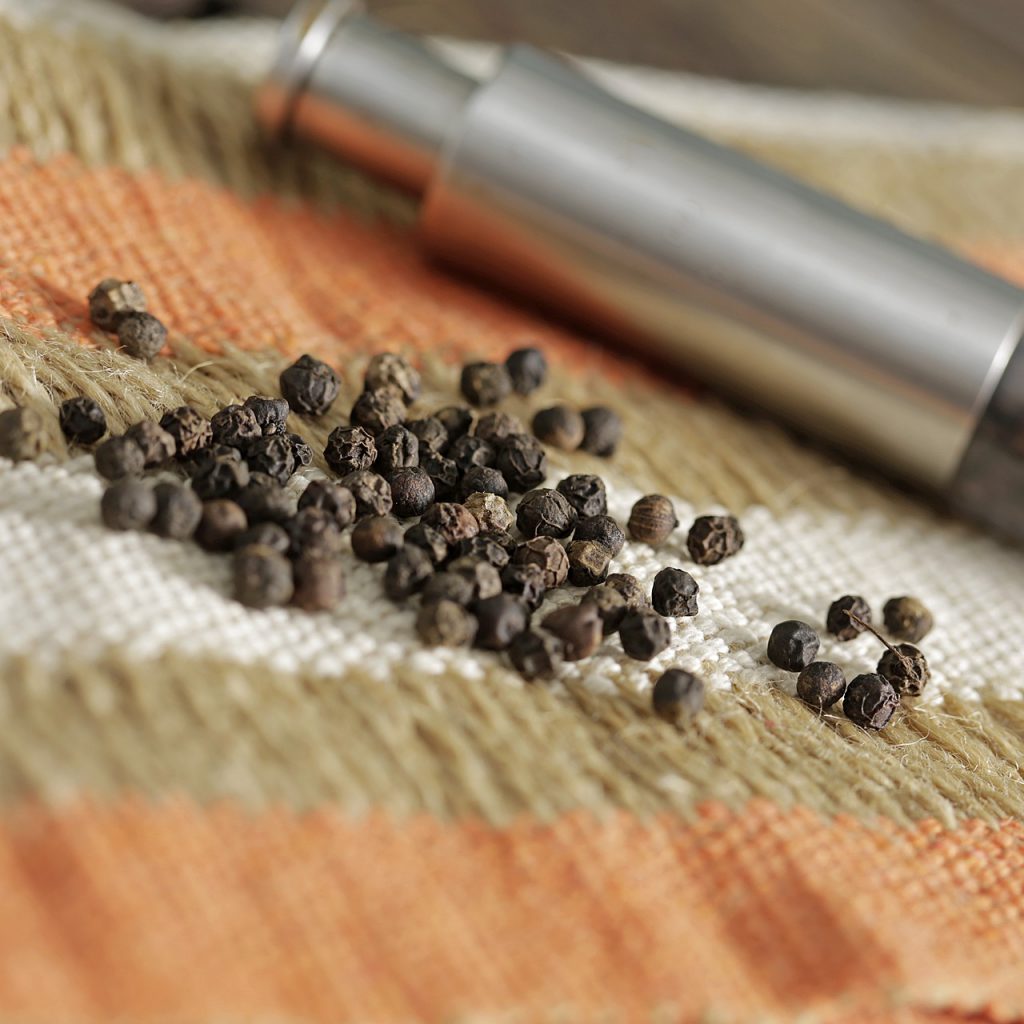
An electric spice grinder is a modern appliance that lets you grind spices into powder. It’s also an umbrella term, as there are all sorts of mechanisms to grind spices out there that work on electricity.
The most common type is a blade grinder, a compact kitchen tool that functions like a miniature food processor. There are also electric spice mills that grind spices through their gear wheels, which contain the same mechanism as a manual spice mill but are easier to use.
Electric blade grinders weren’t designed with specific spices in mind, and their use cases surpass that of grinding spices only. They consist of a removable bowl and a rapidly spinning blade at the bottom. When used, the blade quickly grinds and crushes the ingredients placed in the bowl. And if you pulse a blade grinder and do multiple grinds of small batches, you’ll get a rough texture.
You can use these grinders to grind whole seeds, cinnamon sticks, coffee beans, oats, rice, nuts, and sugar. You can also grind wet or oily ingredients such as curry pastes, onions, garlic, and ginger if the manual approves.
Even though they sound versatile, it’s not recommended to use a single electric blade grinder for all of these because they are prone to cross-contamination, meaning you might end up with black pepper flavor in your coffee and vice versa.
Manual Spice Mill
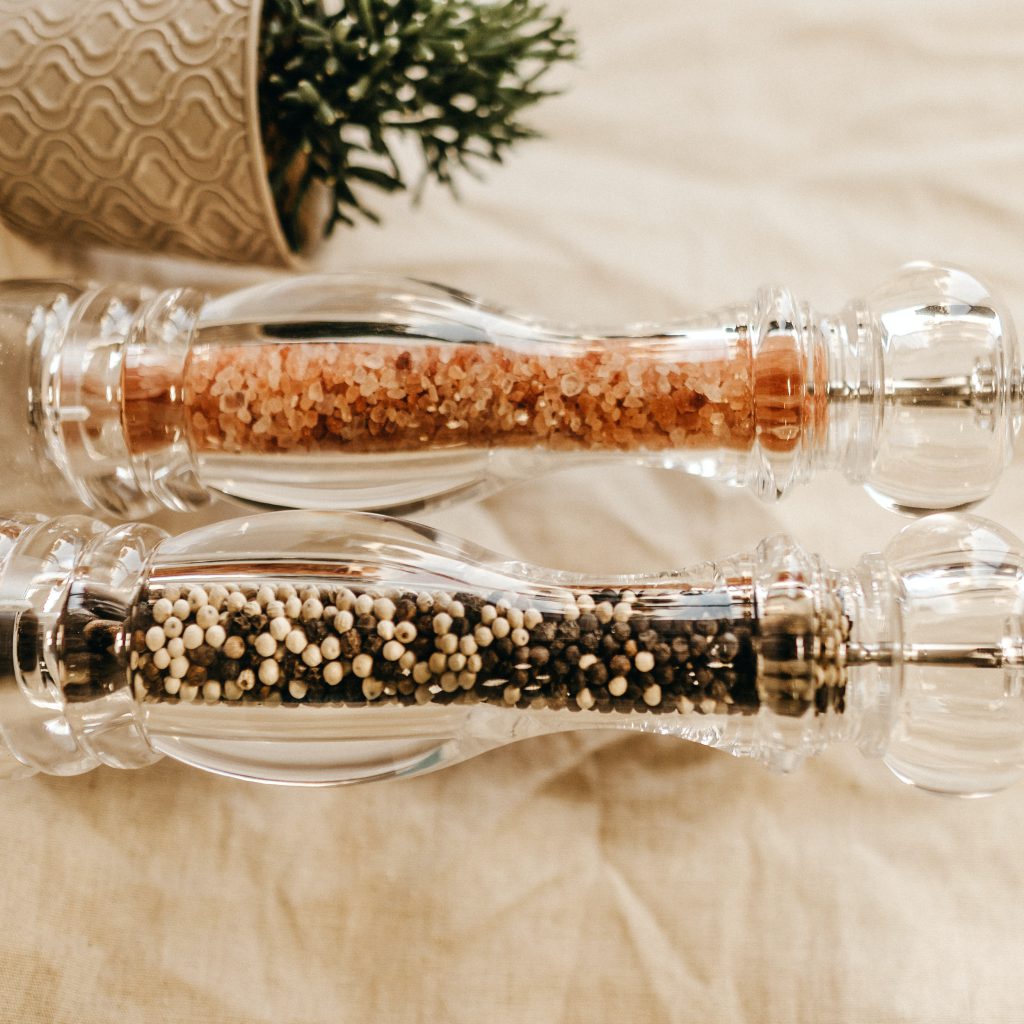
Spice mills have hand-cranked mechanisms that grind whole seeds and spices into powder.
With a manual spice grinder, you fill the container with spices, then turn the mechanism. You get a pepper mill filled with pepper seeds or a salt mill filled with coarse salt at the grocery store.
These manual spice grinders are great when you need small quantities of aromatizers in your plate or recipe, but you can’t use them to grind every spice. Plus, it takes quite a while to grind a large batch, and they can’t handle every spice. For example, harder and larger spices like cinnamon and nutmeg require stronger mechanisms and bigger containers.
Micro Plane
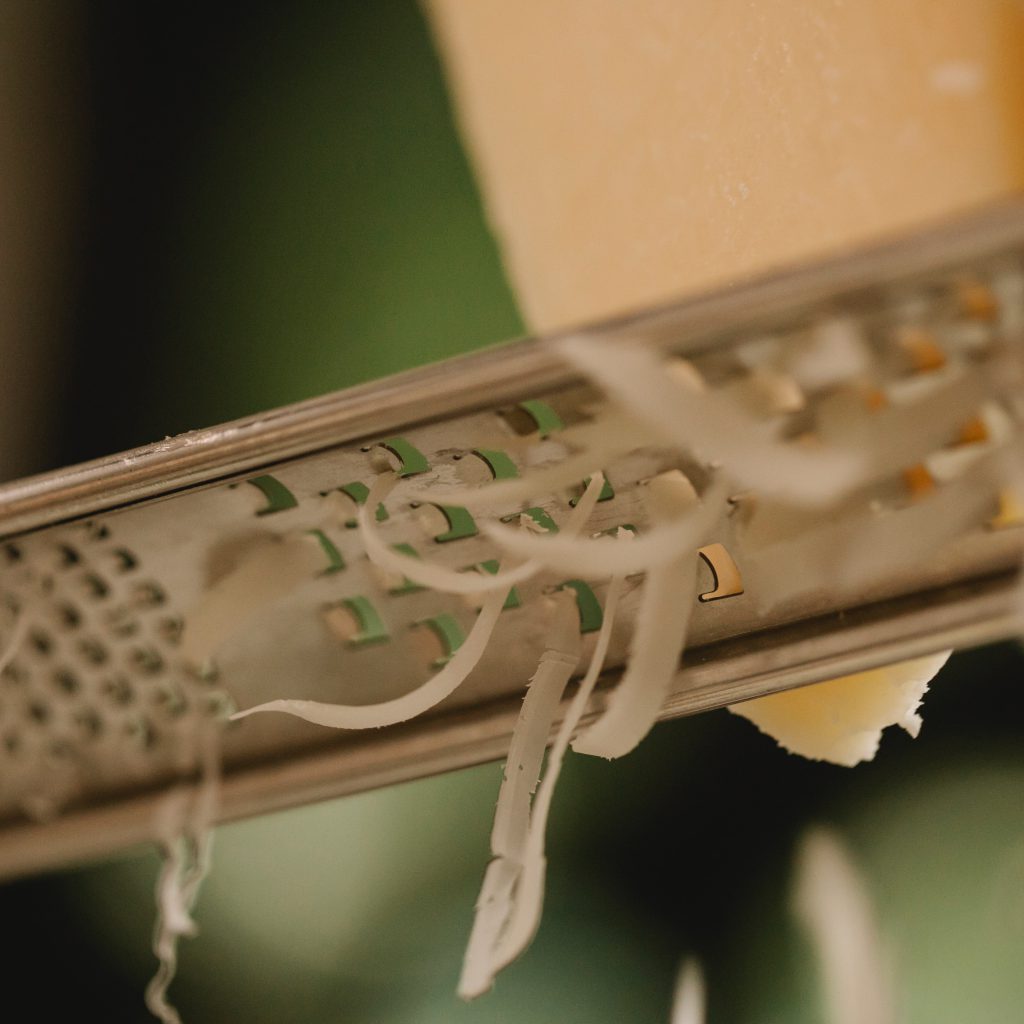
A microplane is a must-have kitchen tool that can also work as a spice grinder besides shredding cheese and zesting citrus on the spot. It’s very straightforward to use and easily grinds garlic, ginger, and other not-dry aromatizers. Thanks to the little sharp blades, it can shred even the hardest spices like nutmeg into dust. But you get only one size grind: slim shreds.
Electric Coffee Grinder
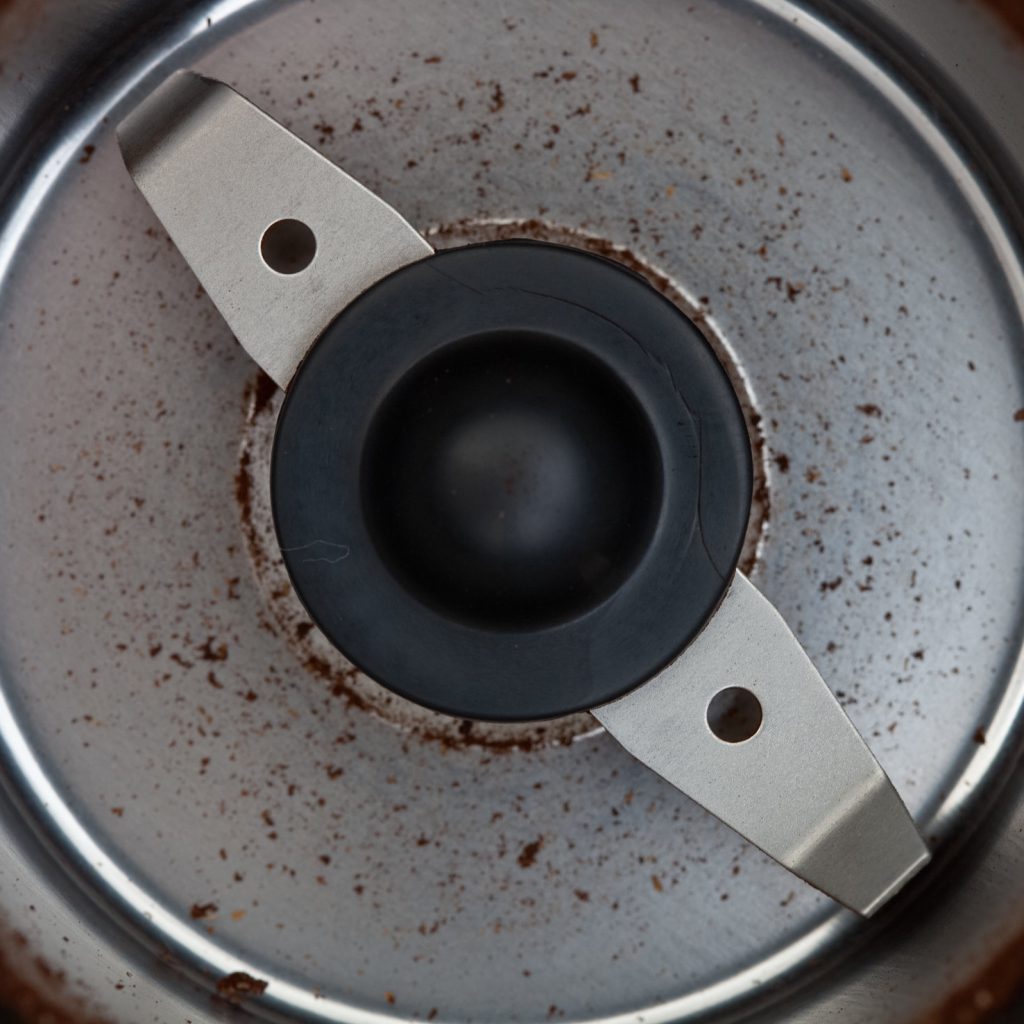
By Louis Abate
Yes, you can use your coffee grinder as a spice grinder. But it depends on the type of grinder you have and comes with both advantages and disadvantages.
The most basic coffee grinder is a blade grinder, and it’s essentially the same thing as an electric spice grinder: a miniature food processor with high-speed blades. The other type of coffee grinder is a burr grinder, which uses two revolving abrasive surfaces (burrs) to grind coffee beans.
The burrs are adjustable, allowing the grind size to be set to your preference. Burr grinders produce a more consistent grind than blade grinders. They’re considered high-quality coffee grinders as are used for grinding coffee only because hard seeds can damage them. Also, the mechanism is almost impossible to clean thoroughly, which makes it a bad idea to use it for tasks other than grinding coffee.
On the other hand, small coffee grinders that work with a blade mechanism can handle most seeds and barks in large quantities. They are also often less expensive than a dedicated spice grinder for each spice. Having said that, if you want to grind coffee too, you should get at least two of them, as the cross-contamination we just talked about is still an issue.
Although it’s hard to clean a coffee grinder thoroughly, you can grind some bread or rice in it to get rid of lingering strong smells and treat the remaining spice fragrances as the seasoning of the device, just like the seasoning of a granite mortar and pestle.
Mortar and Pestle
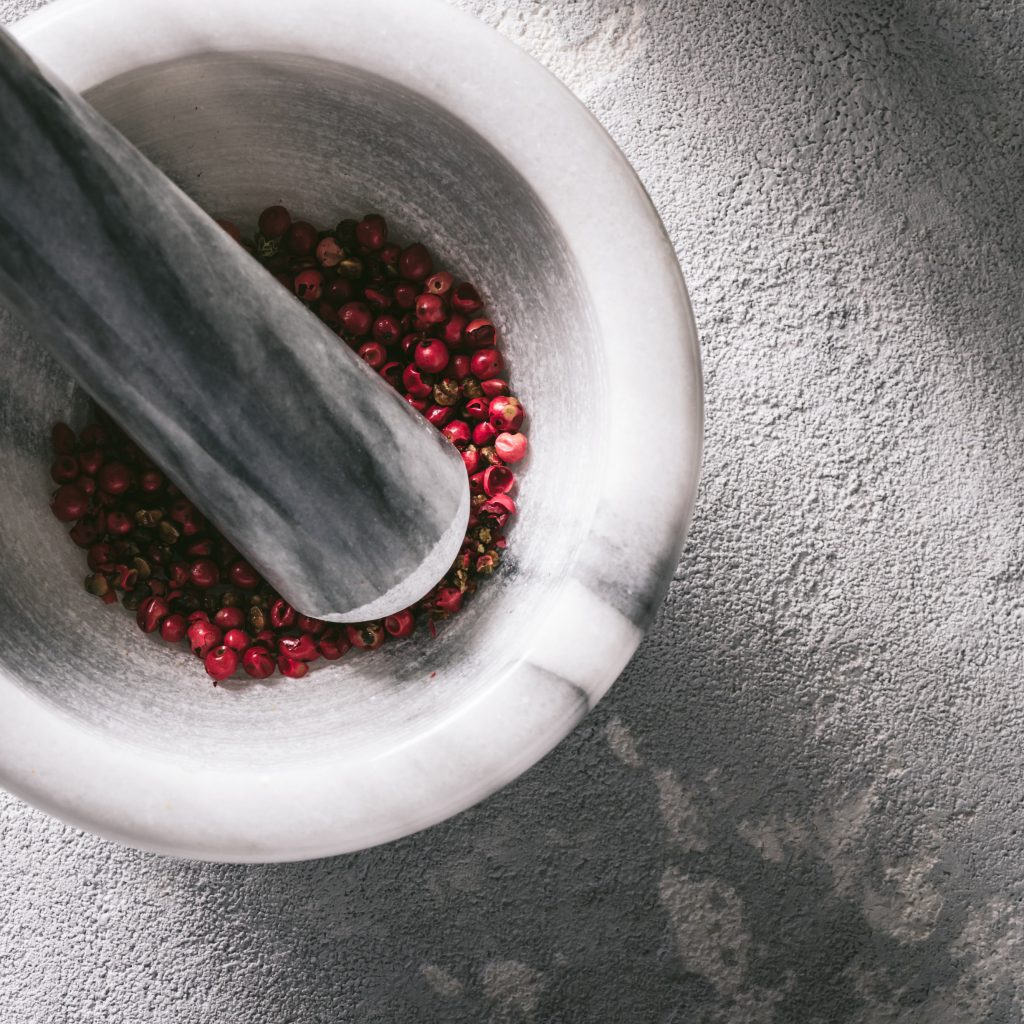
A mortar and pestle is the most traditional spice grinder out there and it’s sworn by both any home cook and celebrity chefs. It’s a versatile tool in the kitchen that provides numerous benefits when it comes to grinding spices. A set made of strong materials such as granite or marble can handle almost any spice of any shape and roughness.
Even though pulverizing seeds, pods, or barks in an old-fashioned mortar requires more labor, it has a few advantages.
First, the stone-to-stone action — assuming you have a large mortar and pestle made of sturdy stone like the KROK, not a ceramic or wooden mortar — makes sure most of the cell walls burst. It’s important because those cells contain the aromatic oils we dig for.
Second, a mortar and pestle gives you more control over the texture. Finally, you can throw in any spice you like in there, including wet ingredients like fruits, vegetables, and oils. You can make custom spice blends and all kinds of nut butter, pesto, salsa, and curry using only one tool.
Spice Grinder vs. Mortar and Pestle
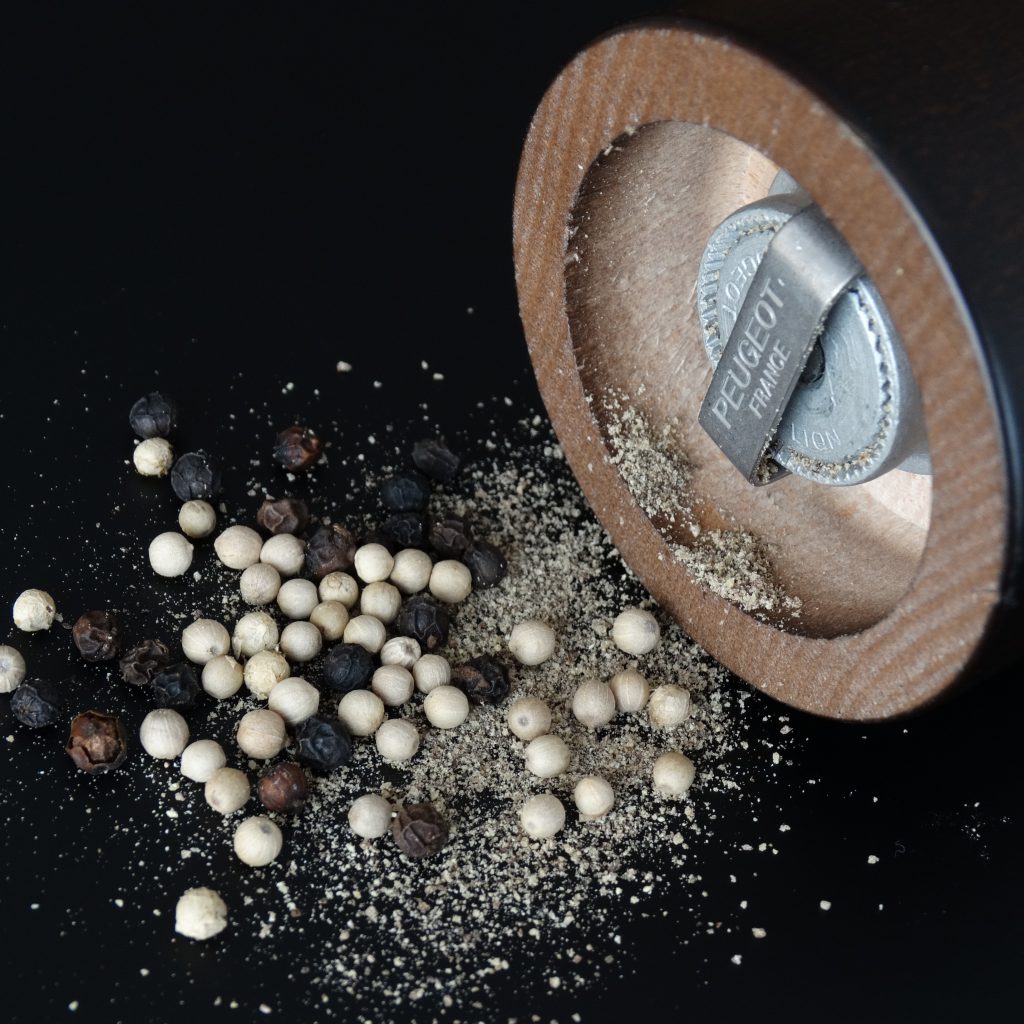
Spice grinders are the most common tool for grinding spices. An electric spice grinder can turn a handful of hard spices into fine dust in only a minute. Many chefs worldwide use them thanks to their accessibility and practicality.
There are also manual spice grinders, which are harder to work with. A pepper mill works by manual force and requires you to turn it for quite a while before you get a handful of black pepper powder. Still, they do the job when you need to add a pinch of black pepper to your stew.
Besides the electric spice grinders or manual spice mills, another technique that’s also been used for ages is to grind spices in between two hard rocks. The best way to do this is to use a mortar and pestle. This stone-to-stone technique successfully breaks the cell walls inside the spices, releasing the essential oils.
Let’s take a look at how these two methods work in action and decide which one’s better.
Texture and Consistency
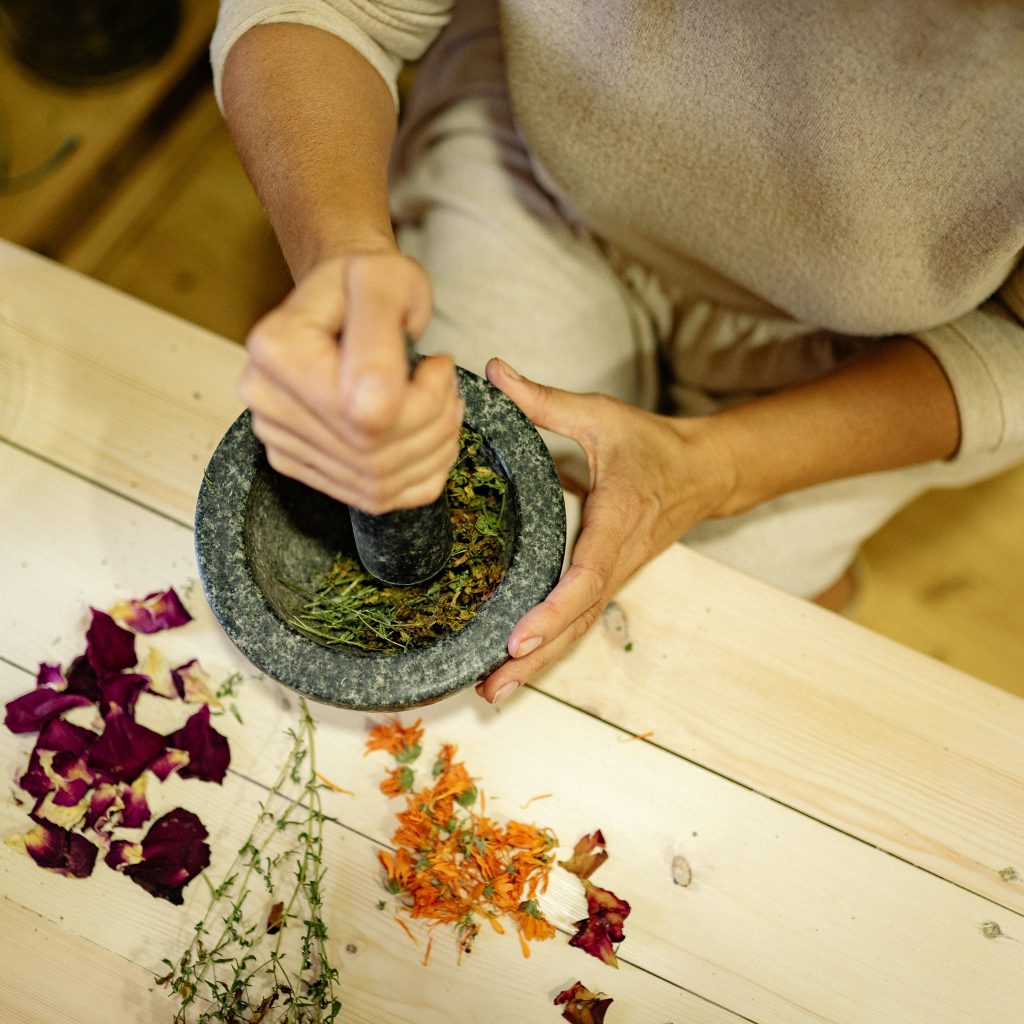
Just like a blender, a spice grinder uses small sharp blades to chop up spices into finer dust. The downside here is that a spice grinder doesn’t have settings for different textures and consistencies.
For finer dust, you simply need to grind the spices longer. Because the sharp blades turn at high speed, even an extra second can make you miss the sweet spot of the texture you’re aiming for.
On the other hand, when you use a set mortar and pestle, you grind your spices manually. This requires some serious elbow grease, but holding the pestle in your hand allows you to decide how much pressure to apply and when to stop.
In short, a mortar and pestle give you all the control over how fine you want your spices to be, while a spice blender goes fast and furious on the spices.
More Aroma and Flavor
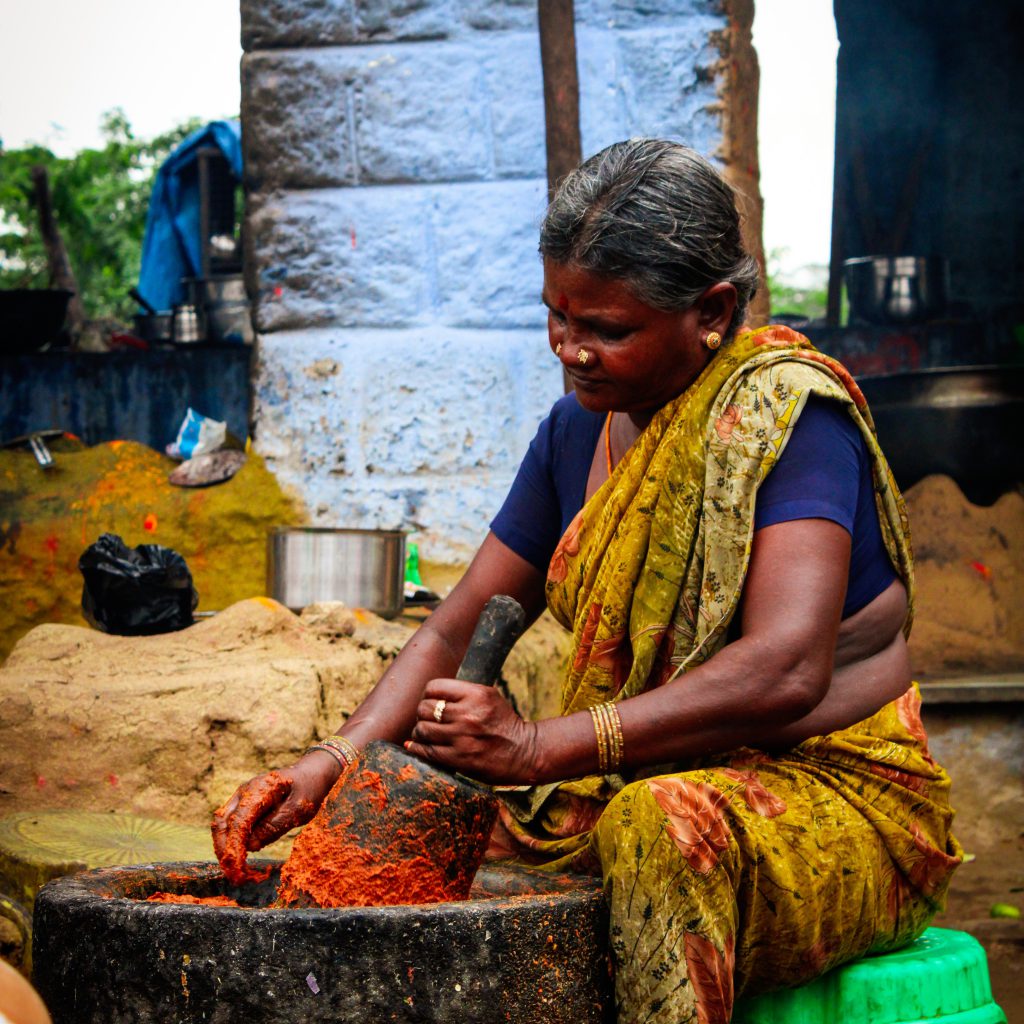
As we said, the aroma comes from the essential oil cells in the spices. Chopping them up with a sharp blade does bring out some of it, but just like the difference between smashed and chopped garlic, grinding spices by pounding on them in a mortar and pestle brings out much more of that delicious essential oils. That’s because the smashing action bursts open the cell walls and lets the particles out while just cutting them into small pieces preserves a big portion of the cell walls intact.
Even when you grind dry spices, you still get a special natural juice, a spice extract that’s impossible to get with a spice grinder. It won’t be pooling in the mortar, but you’ll notice that the spice particles are slightly moist. This juice is an inestimable ingredient to add different layers of aroma and flavor to your dishes.
Bring All Ingredients to One Place

As the name suggests, a spice grinder is a specific tool for grinding spices. These tools are quite useful when you need to add a pinch of black gold to your recipe, salt to your plate, or grind large batches of a specific spice. However, they don’t let you grind different ingredients together.
When you grind your spices in a mortar and pestle, you can simply throw in all the flavors in the grinding bowl and bash with the stone club. You can try it with different spices as well as other ingredients such as garlic, onion, dried chili peppers, or sun-dried tomatoes. So if you’re actually tackling a paste, a mortar and pestle is the one tool to rule them all.
A Good Bang for Your Buck
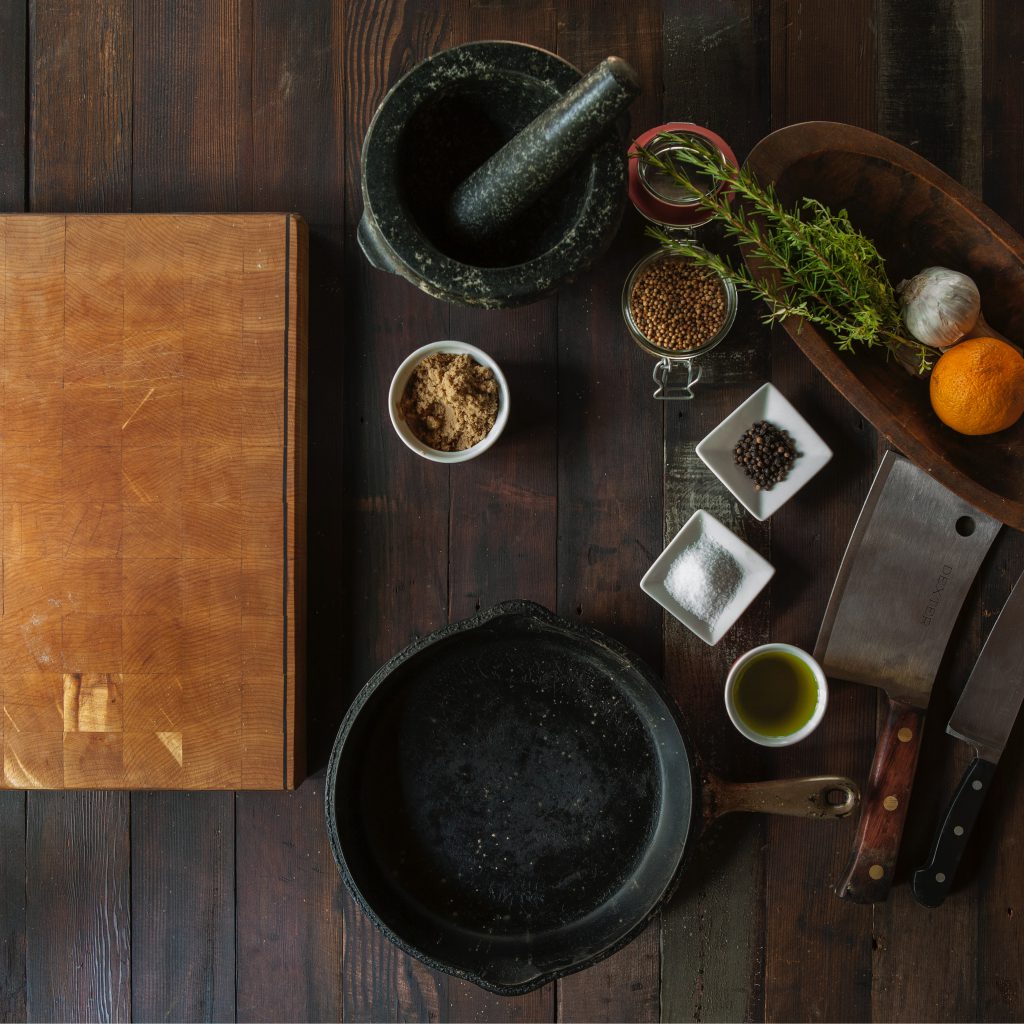
A good, solid, and multipurpose mortar and pestle set like KROK isn’t necessarily a cheap kitchen item, especially when you compare it to the cheap spice grinders on the market. However, investing in a proper mortar and pestle set will unlock a whole new skill tree, such as preparing Mexican salsas, Thai curry pastes, and other delicious recipes from all over the world.
Plus, a granite set of mortar and pestle, instead of one made of marble or terra cotta, is a very sturdy kitchen tool that’s more likely to withstand multiple generations in your family.
How To Store Spices?
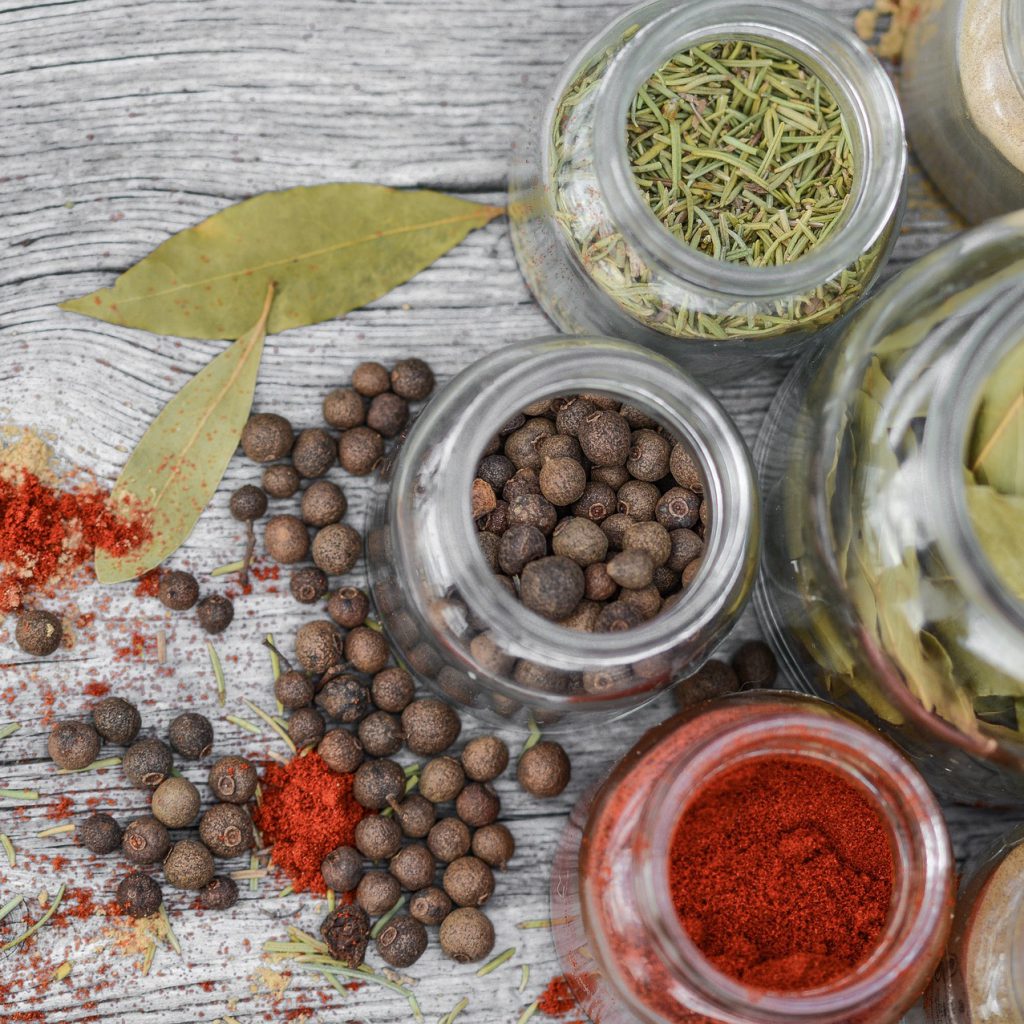
Maximizing the freshness of your spices is key to elevating your dishes to the next level. But how do you ensure your spices are always at their best? The secret lies in organizing them in a way that makes it easy to keep track of their supply and expiration. Yes, they expire too.
Dried herbs and ground spices will last for a year. Whole spices have a longer shelf life of three years. Salts, on the other hand, can be stored indefinitely.
Here are some good practices to keep your spice rack, drawer, or cabinet as fresh as possible.
Keep them in Airtight Containers
Like all food items, spices have a limited shelf life and can spoil over time, depending on their exposure to heat, humidity, air, and sunlight.
In some cases, the spices can also become rancid, moldy, musty, or develop an off taste, at which point they should be discarded. To maintain the freshness and potency of spices, it’s important to store them in a cool, dry, and dark place in airtight containers.
Label The Jars
If you store spices in powder form, it’s often useful to label the jars, as ground allspice, black pepper, and cumin all resemble each other. It’s also important to write down the date you unsealed pre-ground spices or bought the whole ones and check their expiration dates regularly to keep them at their best.
Don’t Forget to Toast
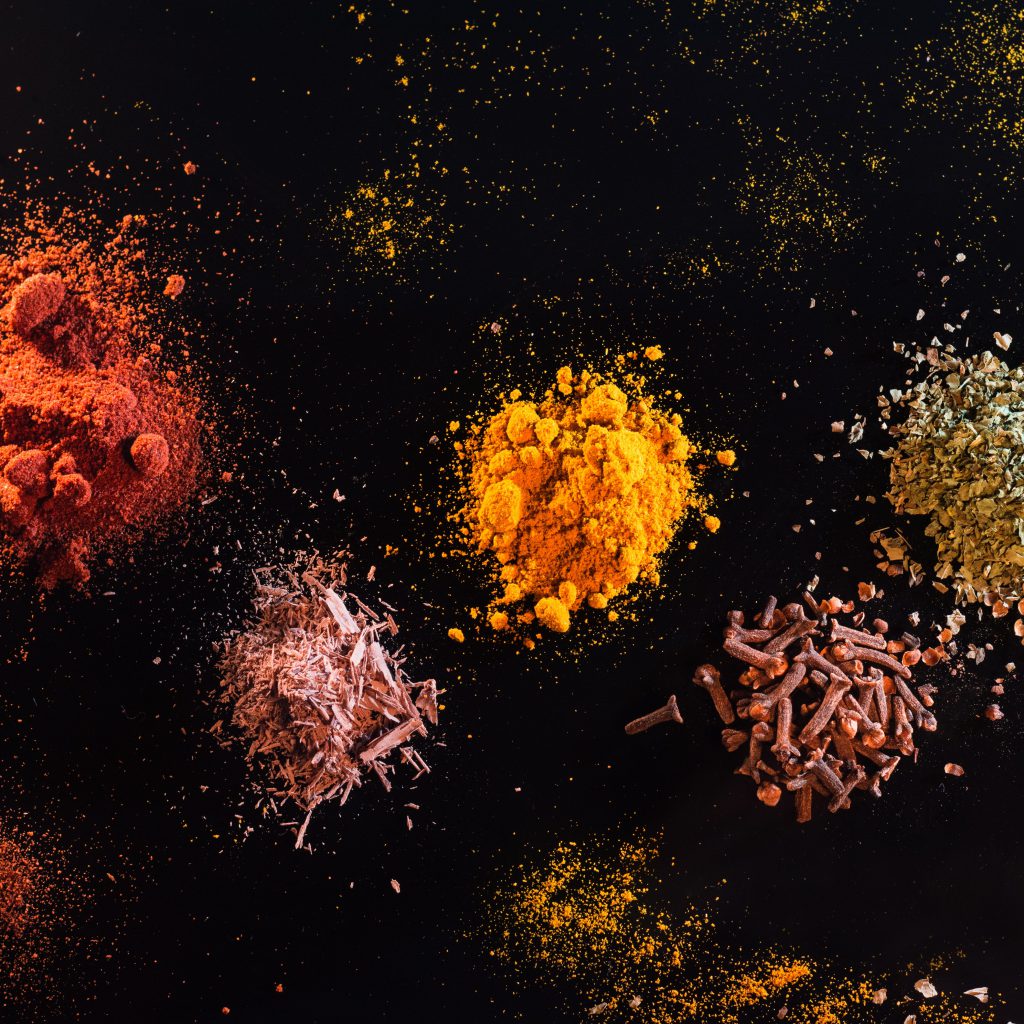
Toasting spices is an art that will take your culinary creations to the next level! By exposing them to a gentle heat, you release a world of aromatic, fragrant, and flavorful compounds that otherwise wouldn’t be there.
When you dry toast your spices, you bring out their natural nuttiness, smokiness, and richness, making them more dynamic and complex.
Toasting spices also helps to reduce bitterness and to dry them out, which is perfect for grinding them into a fine powder or for recipes that require a dry mix.
Stay Fresh!
Spice grinders let you grind seeds, pods, barks, and other hard aromatic parts of the plants into dust on the spot. But they are not the best tool if you want to squeeze as much flavor and aroma as you can from your delicious spices.
The only way to burst open the aromatic oil cells in the spices is by pounding them on a hard surface. And for that, you need a good mortar and pestle set. Once you get the taste of mixing your own freshly ground spice blends, pastes, and salad dressings, you won’t be able to give up on this granite duo.



